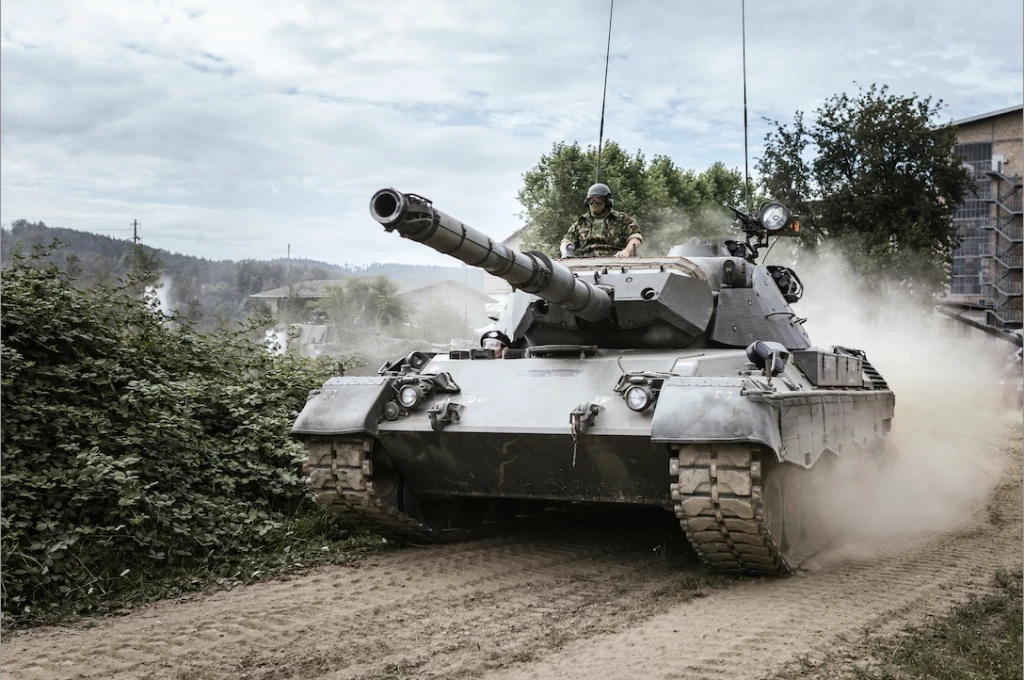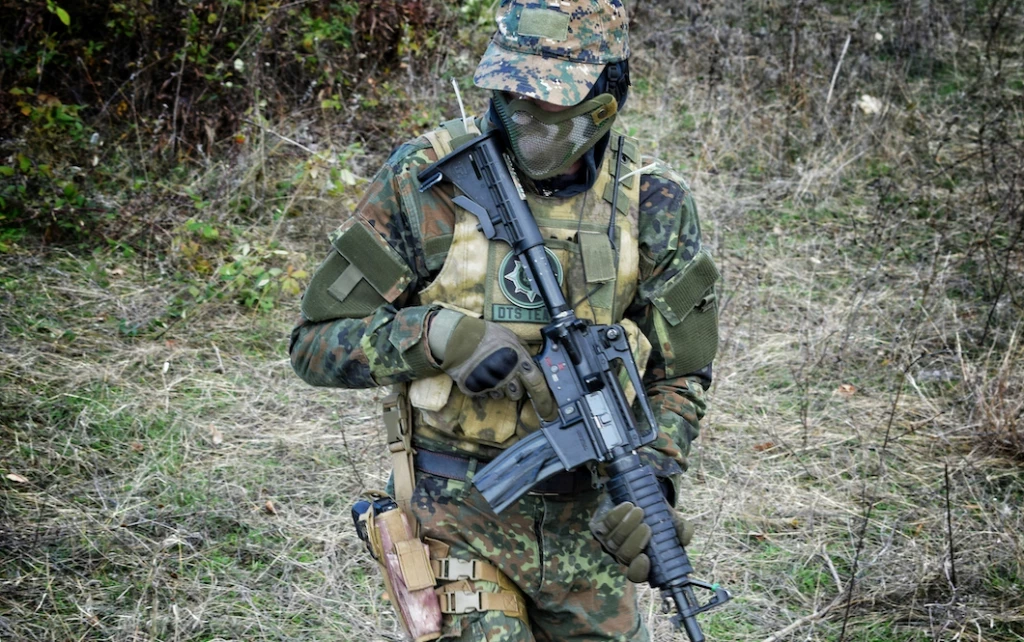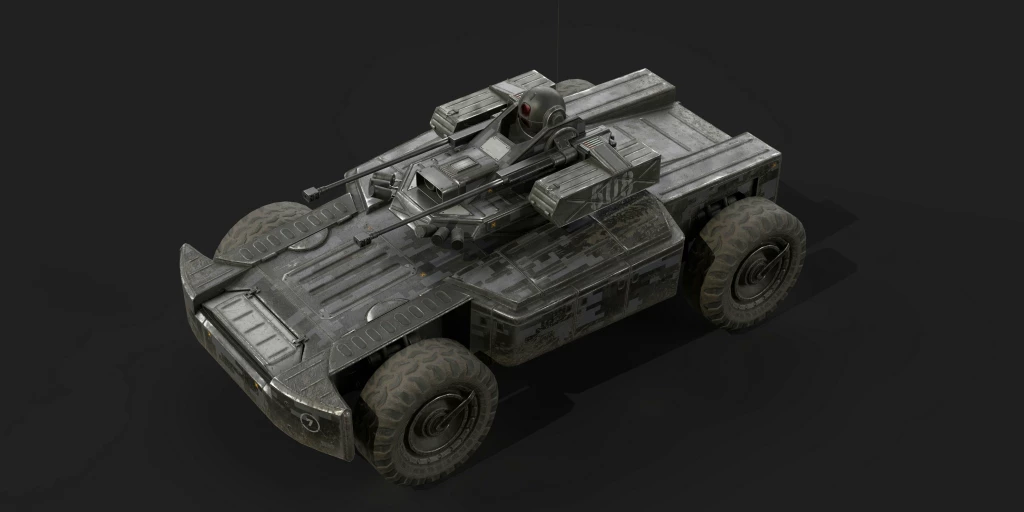Civil engineers demonstrate 'best direction' for Armed Forces
Add bookmarkIncreasing numbers of contractors will be required to support the warfighter on operations, while also supporting low-intensity peacekeeping missions, according to one of the senior officers in charge of rebuilding Iraq.
Major General (Rtd.) Timothy Cross, formerly the General Officer Commanding, Theatre Troops, Iraq, was also the man responsible for co-ordinating multinational troops and civilian agencies in establishing refugee camps in the aftermath of the Kosovo War. Since that time, he has been a champion for humanitarian efforts and insists that dwindling personnel numbers within the world’s armed forces will mean the private industry must be more heavily relied upon than ever.
“Two decades ago I presented a brief on how contractors were being used in Crimea and South Africa during the Boer War,” said Cross. “Yet it’s only relatively recently that we have found ourselves without an army, a navy and an air force – a conscripted force – that was big enough do everything on its own. The minute we became a professional army again, we used contractors, and post-Cold War, part of that peace dividend was to move to an even greater use of contractors.
[inlinead]
Cross cited the British Army Reserve’s Engineer and Logistic Staff Corps, which today is made up of civilians from the industry who meet and work with regular forces. They offer advice and for support when the Army deploys on operations, and, alongside the contracts that are in place, support efforts including strategic lift, logistic support and engineering support. The success of this resource, Cross argues, points to the ‘best direction at hand’.
“We would be best served to take the idea of the total support force much more seriously and begin to really make it happen,” he says. “We should be incorporating it within our training and planning so that when we go off on exercise, contractors and support teams are with us.
“If I was sitting in an engineering or logistic company, I would’ve been hearing this message for ten or 15 years, and I would not be that impressed with how quickly the military and the government have actually applied this thinking. But I’ve recently heard the Secretary of State talking about this. I’ve heard the Chief of the General Staff talking about this. The powers that be are recognising that with a much smaller army – downscaled to 82,000 from 105,000 – the bottom line is that we haven’t got the regular manpower to meet the requirements alone. We’re going to have to rely on industry. And if you’re going to do it, you have to do it properly. That’s the issue we need to be propelling forward for 2017.”
The full article is available in Defence IQ's free-to-download Military Engineering eMagazine which also provides updates on the developments taking place worldwide in the areas of mine clearance, smart energy, training, and engineering units.
Maj. Gen. (Rtd) Timothy Cross will also be briefing at the International Military Engineering forum (Feb 2017; London, UK). Reservations can be made at the conference website.
Click image to download the e-magazine






















